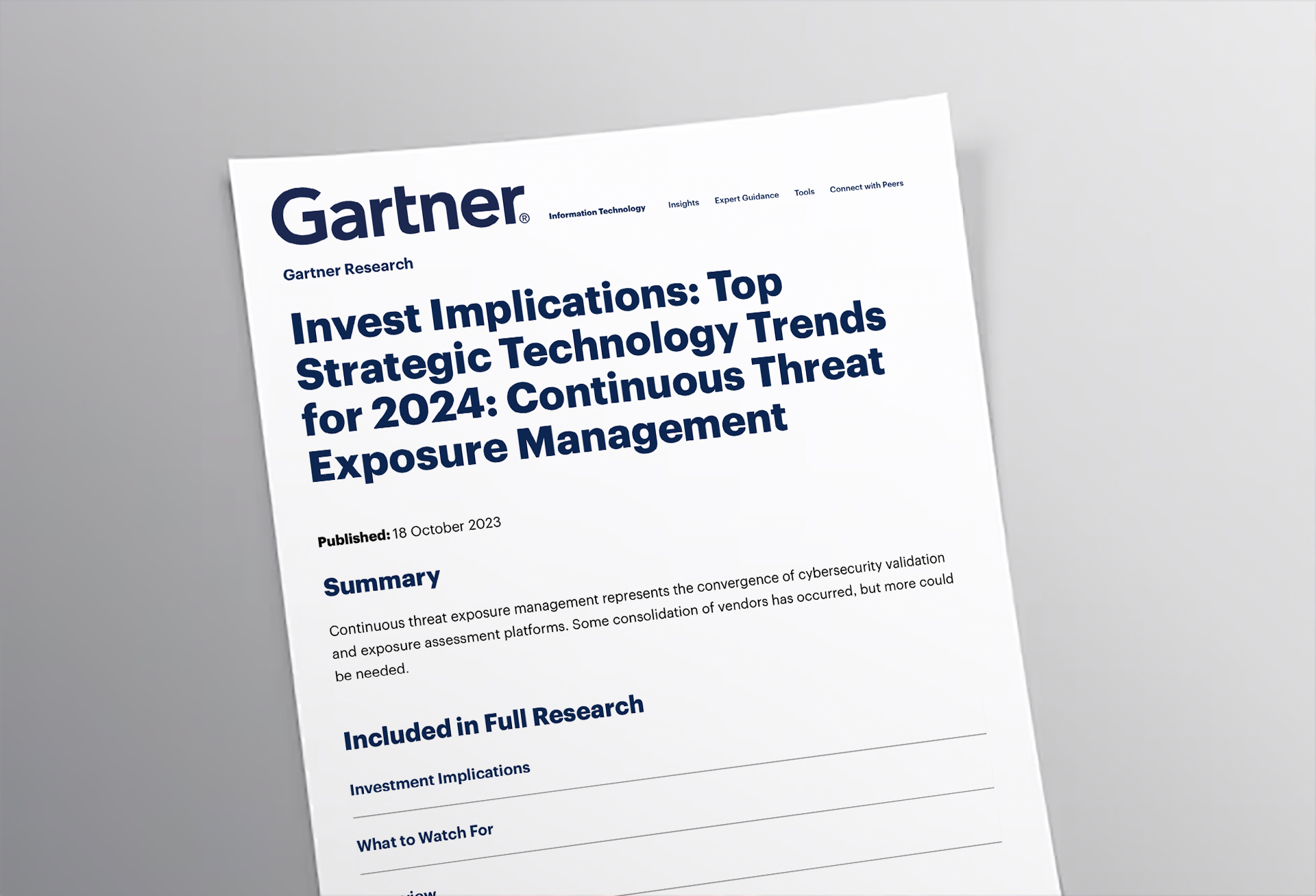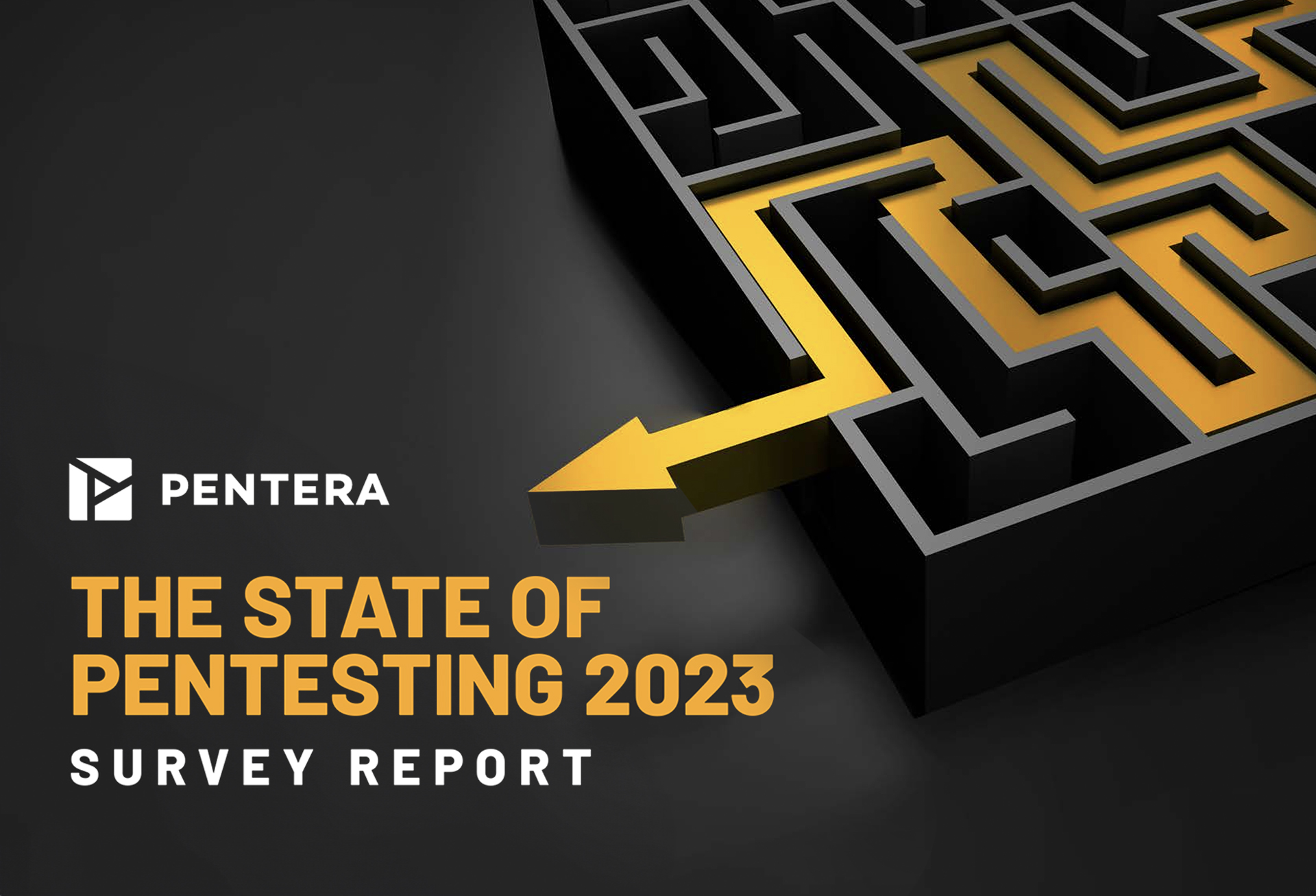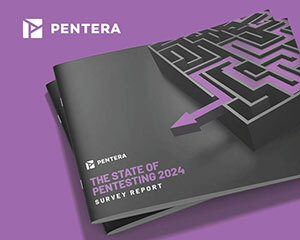June 1, 2020
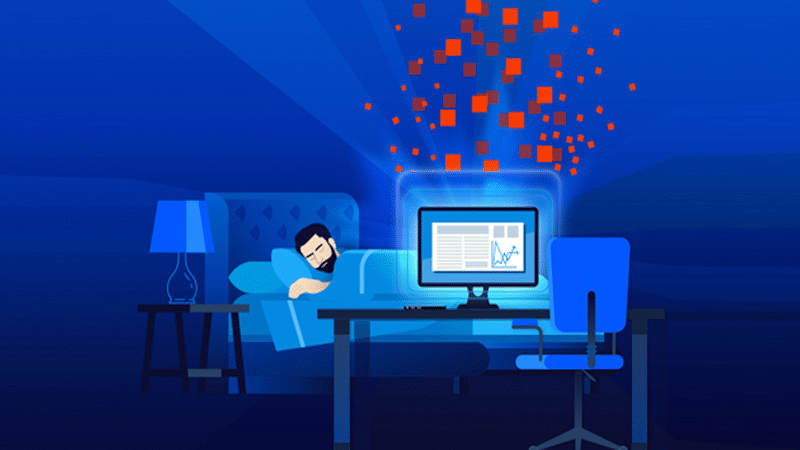
Ransomware is a topic that regularly comes up when I speak to CISOs and information security leaders, understandably so as recent reports have highlighted two growing themes. Firstly, Covid-19 has resulted in an uptick in campaigns dropping ransomware and secondly, the direction has shifted to more targeted campaigns against larger organizations (both per the NTT 2020 Global Threat Intelligence Report).
There is no denying the impact a successful ransomware attack can have on an organization, not only in terms of the financial and reputation hit but also the effects of service disruption. If you consider some of the organizations across the globe that have fallen victim to ransomware, it is not difficult to understand the real-world implications a successful ransomware attack can have on customers and citizens.
Increasingly, ransomware is one of a number of modules being dropped by other malware, such as Emotet, which was the most prevalent malware variant of 2019 (per the 2020 Cyber Security Report from Checkpoint Research). However, if it is true for Emotet, it is also true for other malware variants which use similar techniques to progress through the typical attack lifecycle, including execution, discovery, persistence, lateral movement, etc. So once initial access is gained, it becomes a question of how robust your internal security controls are against the techniques employed throughout that attack lifecycle.
How susceptible is your organization to a Ransomware attack?
The secret is to be able to test your systems for their resiliency to that family of threats and their delivery vehicles on an ongoing basis. A new Automated Penetration Testing platform, named PenTera enables just that. It uses those same emotet-like techniques in its tests and singles out controls that need configuring and vulnerabilities that need patching to stop these kinds of attacks from happening. If and when PenTera is able to reach an achievement using the non-malicious techniques, you may conclude that Emotet will also be able to reach the same achievement using malicious techniques. An example being brute forcing the local admin password (MITRE ID T1078) and using the credentials to move laterally using the Admin$ share (MITRE ID T1077).
By working through the concise and focused remediation activities you can then re-run PenTera and validate that the achievements are no longer possible. If a given technique can no longer be executed successfully using PenTera, that technique will likely no longer be available for Emotet to successfully execute, thereby pre-empting the ransomware drop.
So even if it is possible for malware to enter your network, by using PenTera to identify those techniques used by the trojan to download and execute ransomware malware, you can dramatically reduce the probability of a successful attack.
That in itself may allow you to sleep somewhat sounder than before.
Written by: Aviv Cohen
Show all articles by Aviv Cohen
Learn more about automated security validation
Resource center
Get blog updates via email
Trending

Four steps the financial industry can take to cope with their growing attack surface
The financial services industry has always been at the forefront of technology adoption, but the 2020 pandemic accelerated the widespread use of mobile banking apps, chat-based customer service, and other digital tools. Adobe’s 2022 FIS Trends Report, for instance, found that more than half of financial services and insurance firms surveyed experienced a notable increase […]

The elephant 🐘 in the cloud
As much as we love the cloud, we fear it as well. We love it because cloud computing services of Amazon, Azure, and Google have transformed operational efficiency and costs, saving us money, time, and alleviating much of the IT burden. We also fear it because as companies moved to the cloud, they found that […]
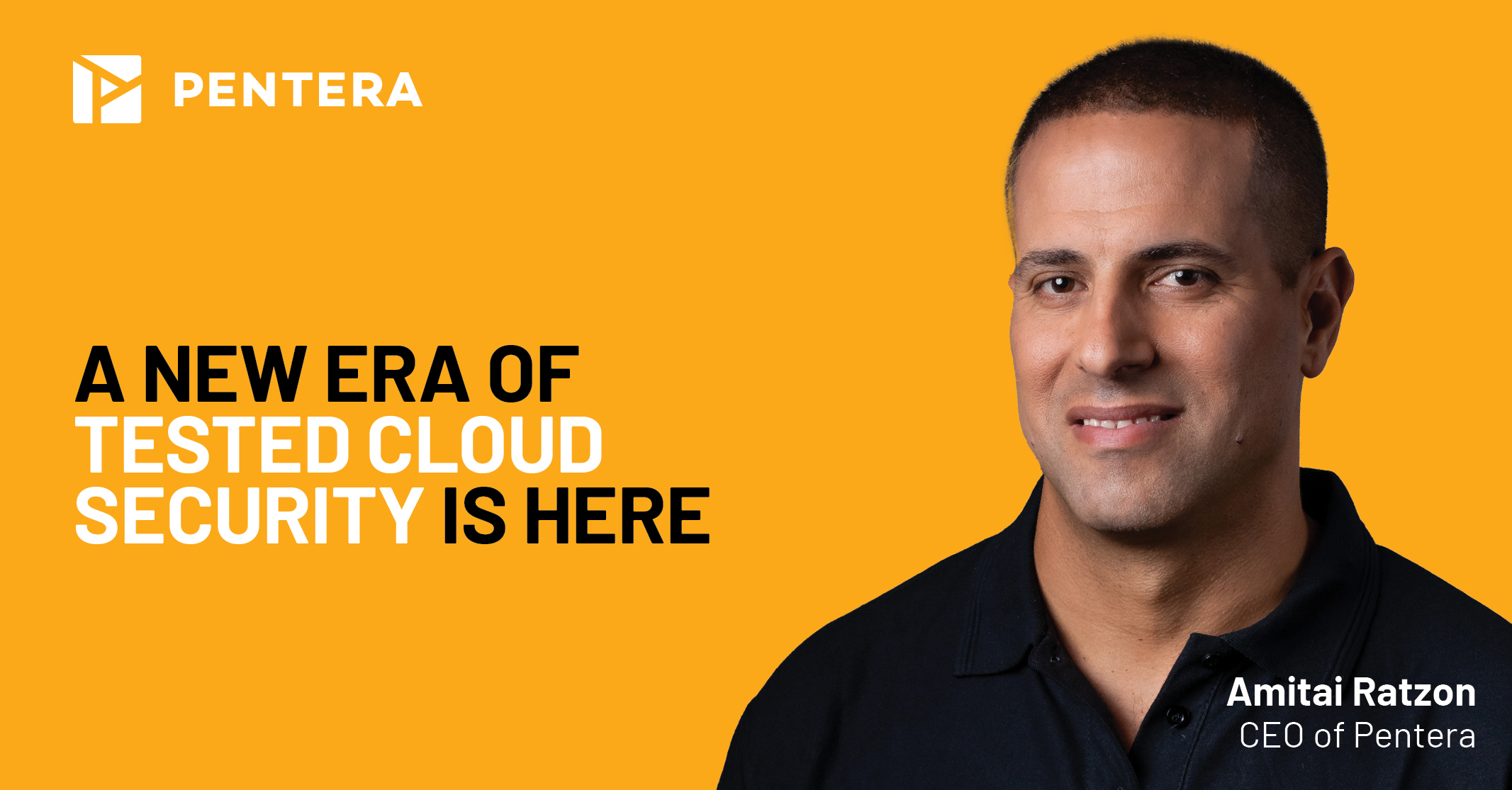
A new era of tested Cloud Security is here
Cloud computing has fundamentally changed how we operate. It’s efficient and scalable, but it’s not without some problems. Security is the biggest. As we’ve shifted to the cloud, we’ve exposed ourselves to new risks that can’t be ignored. The IBM Cost of a Data Breach 2023 Report points out that 11% of breaches are due […]
Learn more about our platform
Platform
<Previous

Cybersecurity hygiene requirement meets its toothbrush
CEOs cite cybersecurity as the biggest threat to the world economy and as a result, the global spend in cybersecurity is expected to surpass $1 trillion by 2021. An enterprise cyber attack can turn into a catastrophe in a matter of hours, potentially damaging any business at any point in time. As we see from the past few years, the […]
Next>

Spoiler alert: Attack simulation isn’t ethical hacking
Better prepared, Right!? Companies are investing a significant amount of resources in building and improving their cybersecurity posture. As the threat landscape continues to evolve and expand, this investment continues to rise dramatically. Per a report by Cybersecurity Ventures, worldwide spending on information security products and services will exceed $1 trillion between 2017-2021. While preventive and detective […]

